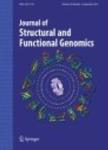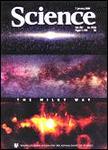版权所有:内蒙古大学图书馆 技术提供:维普资讯• 智图
内蒙古自治区呼和浩特市赛罕区大学西街235号 邮编: 010021





We are correcting the abstract of our published article ([1]). The sentence that starts "We observe that 4.5% of MPSS tags...." was not scientifically complete in the original abstract, having only two of the four numbers required to describe a comparison of two technologies in two different organisms. The abstract below more accurately describes our findings, as documented in Figure 1 of the manuscript.




电话和邮箱必须正确填写,我们会与您联系确认。
版权所有:内蒙古大学图书馆 技术提供:维普资讯• 智图
内蒙古自治区呼和浩特市赛罕区大学西街235号 邮编: 010021

暂无评论